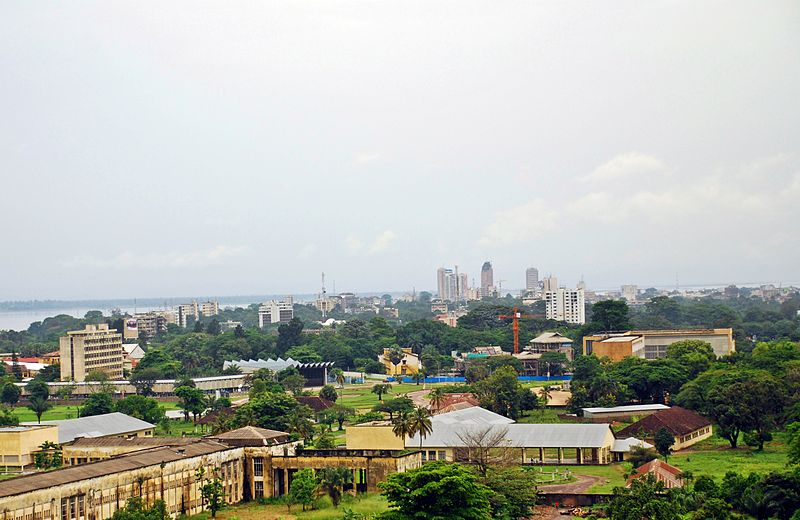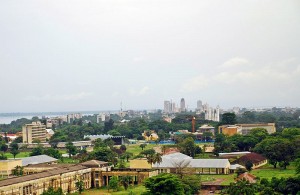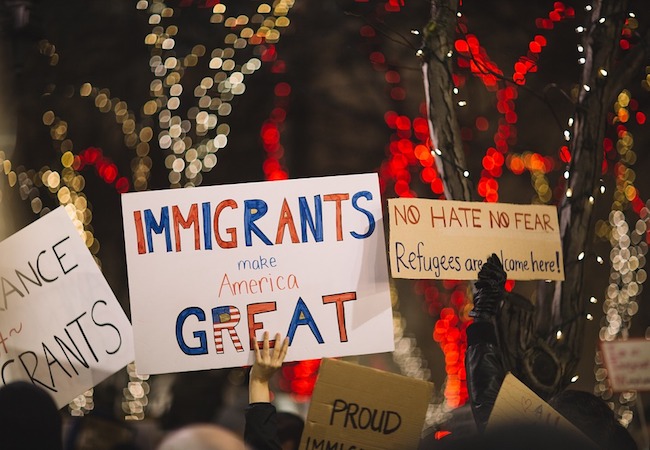
 The present HIV pandemic is almost certain to have begun its global spread from Kinshasa, the capital of the Democratic Republic of the Congo (DRC), an international team of researchers said Thursday.
The present HIV pandemic is almost certain to have begun its global spread from Kinshasa, the capital of the Democratic Republic of the Congo (DRC), an international team of researchers said Thursday.
The team, led by Oxford University and University of Leuven scientists, reconstructed the genetic history of one of the HIV-1 groups called M, which represents the majority of HIV-1 strains found worldwide and is responsible for the global pandemic.
The analysis, published in the U.S. journal Science, suggested that the common ancestor of group M is highly likely to have emerged in Kinshasa around 1920, then called Leopoldville.
HIV is known to have been transmitted from primates and apes to humans at least 13 times but only the event that led to HIV-1 group M caused a human pandemic, resulting in almost 75 million infections to date, it said.
“Until now most studies have taken a piecemeal approach to HIV’ s genetic history, looking at particular HIV genomes in particular locations,” senior author Oliver Pybus, professor of the Oxford University, said in a statement.
“For the first time we have analyzed all the available evidence using the latest phylogeographic techniques, which enable us to statistically estimate where a virus comes from. This means we can say with a high degree of certainty where and when the HIV pandemic originated.”
The team’s analysis suggested that, between the 1920s and 1950s, a “perfect storm” of factors, including urban growth, strong railway links during Belgian colonial rule, and changes to the sex trade, combined to see HIV emerge from Kinshasa and spread across the globe.
One of the factors that was key to the HIV pandemic’s origins was the DRC’s transport links, in particular its railways, that made Kinshasa one of the best connected of all central African cities, said the team.
“Data from colonial archives tells us that by the end of 1940s over one million people were traveling through Kinshasa on the railways each year,” said first author Nuno Faria of the Oxford University.
“Our genetic data tells us that HIV very quickly spread across the Democratic Republic of the Congo (a country the size of Western Europe), traveling with people along railways and waterways to reach Mbuji-Mayi and Lubumbashi in the extreme South and Kisangani in the far North by the end of the 1930s and early 1950s.”
Faria said the railways helped establishing “early secondary foci of HIV-1 transmission” in regions that were well connected to southern and eastern African countries.
“We think it is likely that the social changes around the independence in 1960 saw the virus ‘break out’ from small groups of infected people to infect the wider population and eventually the world,” he said.
It had been suggested that demographic growth or genetic differences between HIV-1 group M and other strains might be major factors in the establishment of the HIV pandemic.
However, the team said that, alongside transport, social changes, such as the changing behavior of sex workers, and public health initiatives against other diseases that led to the unsafe use of needles, may have contributed to turning HIV into a full- blown epidemic.
“Our research suggests that following the original animal to human transmission of the virus (probably through the hunting or handling of bush meat) there was only a small ‘window’ during the Belgian colonial era for this particular strain of HIV to emerge and spread into a pandemic,” said Pybus.
“By the 1960s transport systems, such as the railways, that enabled the virus to spread vast distances were less active, but by that time the seeds of the pandemic were already sown across Africa and beyond.”
More research is needed to understand the role different social factors may have played in the origins of the HIV pandemic, the researchers said.
Source: Xinhua




